16 Wild Animals in Haiti [Wildlife in Haiti]
Want to know more about the wildlife in Haiti?
Discover 16 wild animals in Haiti in this post, as well as interesting facts about them. 🇭🇹
Learn All About Haitian Animals
Ready to learn all about Haitian animals?
I’ve always been fascinated by animals, and by how they can be so different from one country to another. In this guide, we’ll focus on the many animals Haiti has on the land, in the sky, and underwater.
I’ve split the guide into 4 categories:
- Native animals from Haiti
- Endangered animals of Haiti
- What is Haiti national animal?
- How many animals native to Haiti?
Let’s dive in right away with our first category!
Native Animals from Haiti
Haiti is a Central American country located in the Caribbeans, to the east of Cuba. It shares the island of Hispaniola with the Spanish-speaking Dominican Republic, and it used to be a French colony. It is only bordered by the Dominican Republic and is surrounded by the Caribbean Sea, and its capital and largest city is Port-au-Prince, which counts more than 987,000 inhabitants (but more than 2,618,000 if you include the metropolitan area).
An interesting part of the country that I wanted to tackle is its wildlife. In light of that, I have listed the best of it, and I hope you will love learning what animals live in Haiti.
Here’s the Haiti animals list.
1. American crocodile
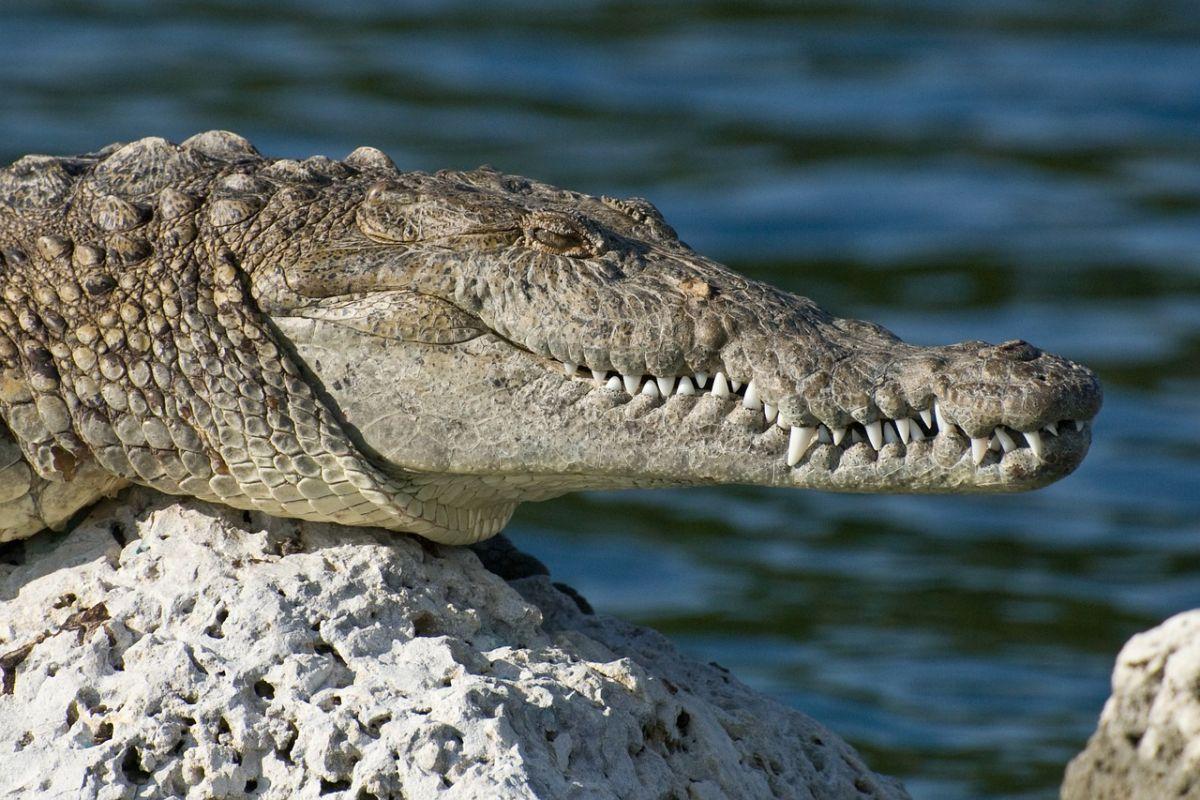
- Name: American crocodile
- Scientific name: Crocodylus acutus
- Conservation status:
The American crocodile is one of the largest animals you will encounter in Haiti. It is a species of crocodilian native to the Neotropics, and the most widespread one in the Americas: it can be found from southern Florida to Peru and Venezuela.
This reptile can reach lengths of up to 6.1 m / 20 ft and be quite dangerous to humans. However, it is not as aggressive as some other species.
2. Rhinoceros iguana
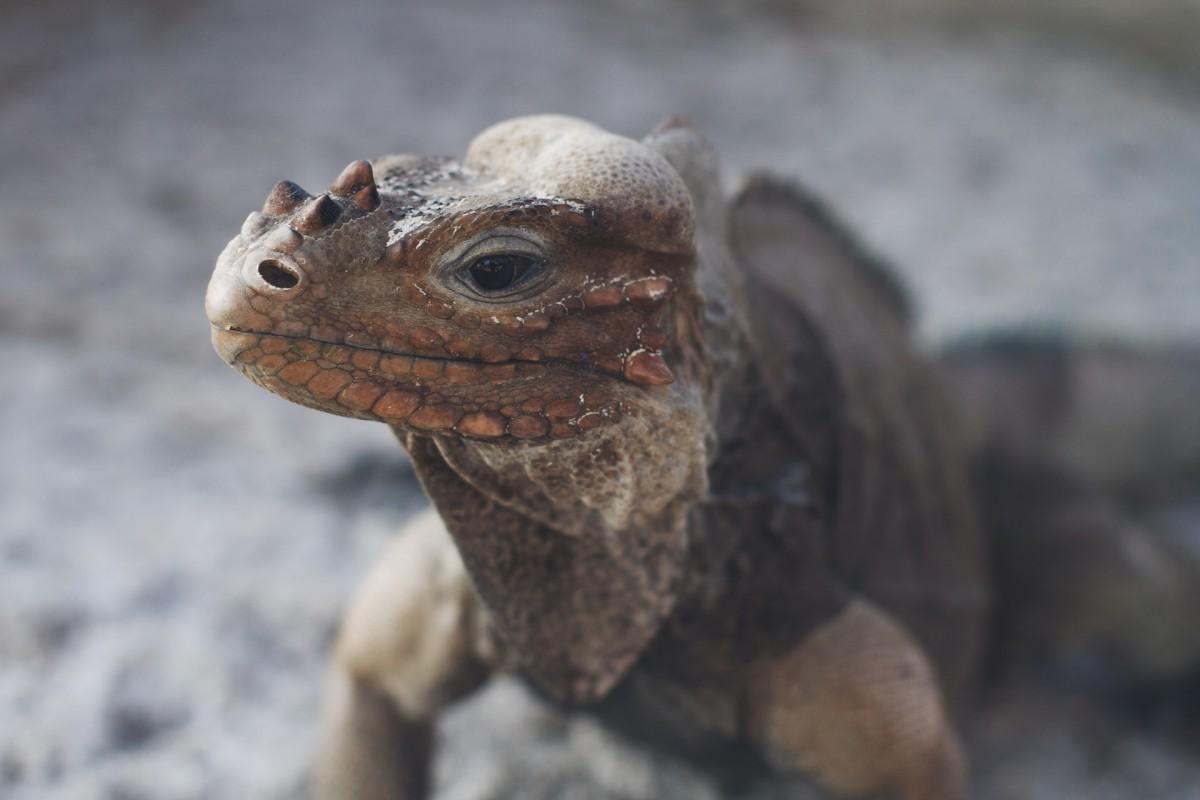
- Name: Rhinoceros iguana
- Scientific name: Cyclura cornuta
- Conservation status:
The rhinoceros iguana is a species of iguana endemic to the island of Hispaniola and its surrounding islands. It is a large lizard, and it is endangered due to habitat loss, pollution, wildfires, and predation.
It gets its name from the pseudo-horn on its snout, and although it usually flees when threatened, it is particularly aggressive when cornered, and attacks by biting. Finally, this iguana is herbivorous and mostly feeds on fruits, berries, leaves and flowers.
3. Hispaniolan amazon
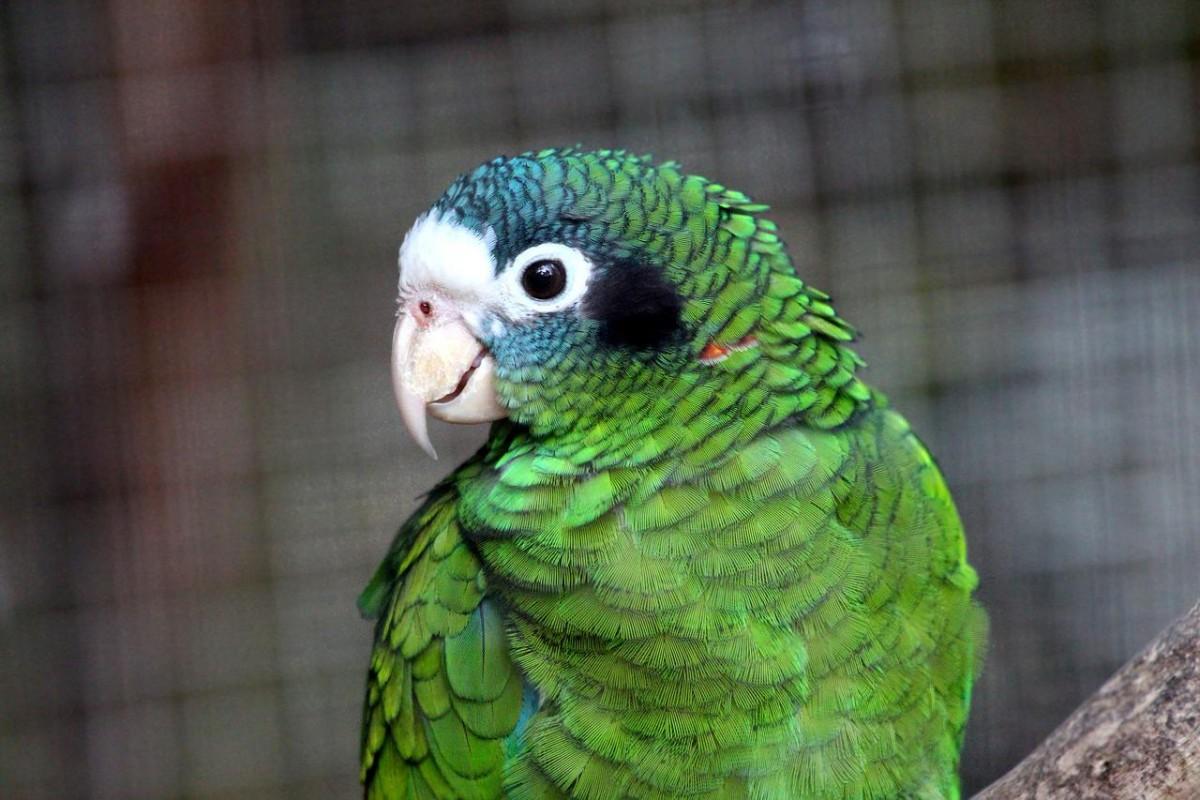
- Name: Hispaniolan amazon
- Scientific name: Amazona ventralis
- Conservation status:
The Hispaniolan amazon, also known as the Hispaniolan parrot or the cuca, is a species of Amazon parrot endemic to the island of Hispaniola and Puerto Rico, where it was introduced. What differentiates it from other parrots is its white forehead, red belly, and blue ear patch, and it usually lives in subtropical or tropical dry forests.
This parrot is threatened by habitat loss and capture for the pet trade.
4. Hispaniolan hutia
- Name: Hispaniolan hutia
- Scientific name: Plagiodontia aedium
- Conservation status:
The Hispaniolan hutia is a species of hutia endemic to Hispaniola, as its name suggests. It is the only living hutia species on the island, as many others, such as the small Haitian hutia, the montane hutia, or the imposter hutia, are all extinct.
Although this animal is quite hard to spot, we know for sure that it is both arboreal and nocturnal, and it places its nest boxes high off the ground. It feeds on fruits and roots and lives in male-female pairs.
5. Hispaniolan solenodon
- Name: Hispaniolan solenodon
- Scientific name: Solenodon paradoxus
- Conservation status:
Guess what? The Hispaniolan solenodon… is also a species endemic to Hispaniola! With that much endemic fauna, it just goes to show how unique the biodiversity of Haiti is.
This solenodon is one of two native land mammals on the island, and it lives in moist forests below 1,000 m / 3,300 ft high. It is a nocturnal animal that stays in its burrows, trees, or caves during the day, and mostly feeds on arthropods, snails, or mice.
6. Caribbean monk seal
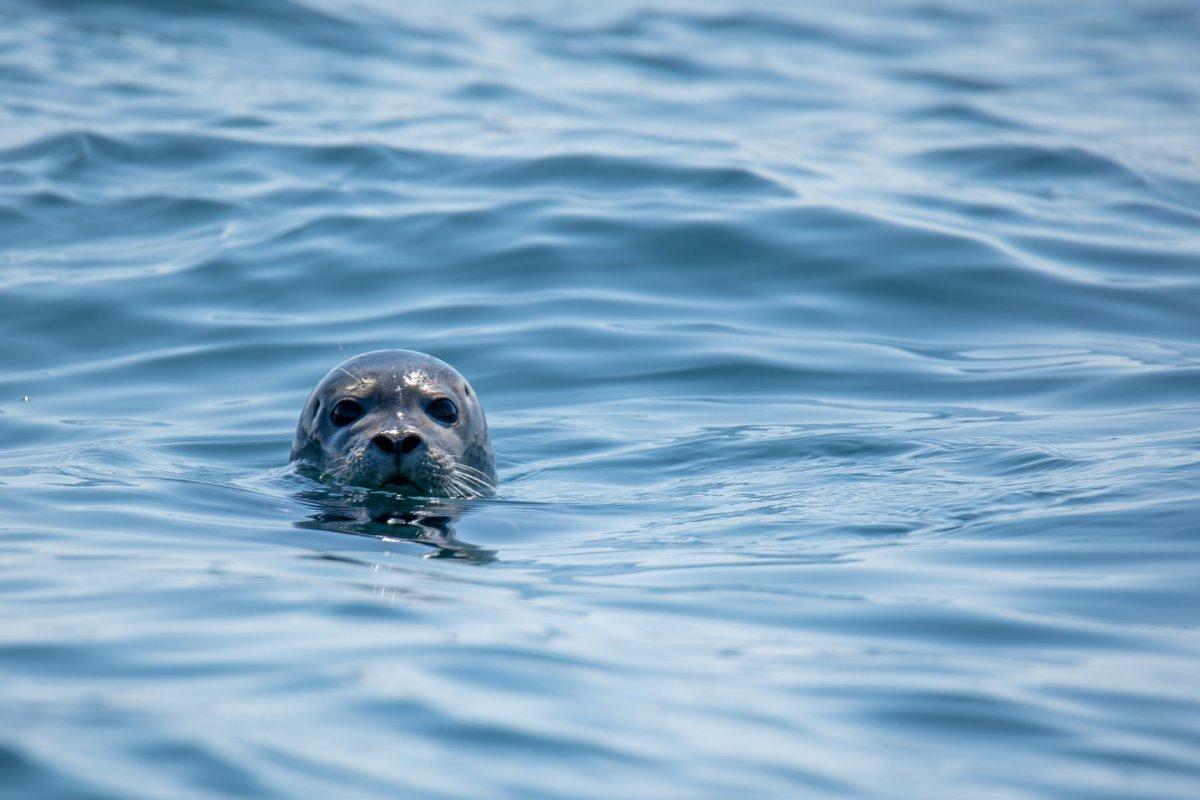
- Name: Caribbean monk seal
- Scientific name: Neomonachus tropicalis
- Conservation status:
The Caribbean monk seal, also known as the West Indian seal or the sea wolf, was a species of seal native to the Caribbeans. It is most likely, as the last specimen was seen in 1952, and 5 long years of research in 2008 were not successful.
This seal used to live in warm temperate, subtropical and tropical waters, and it most likely disappeared due to overhunting and overfishing of its prey.
7. Short-finned pilot whale
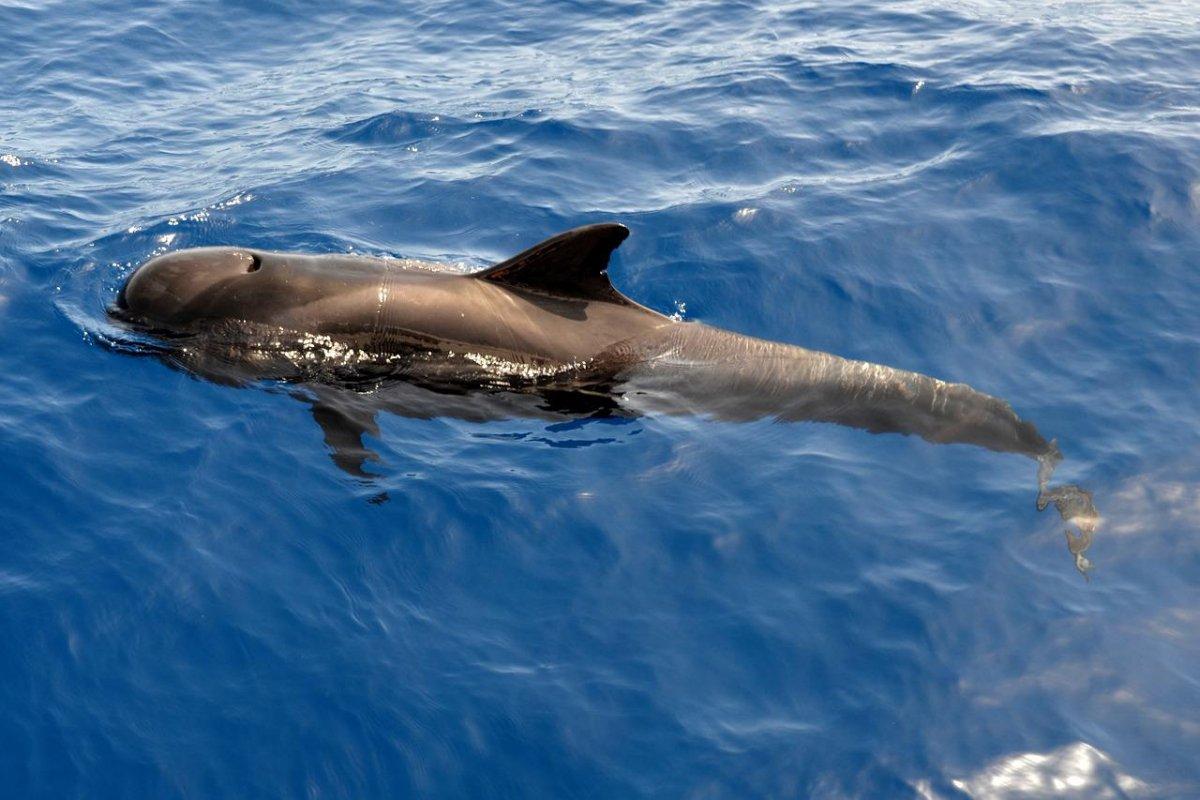
- Name: Short-finned pilot whale
- Scientific name: Globicephala macrorhynchus
- Conservation status:
The short-finned pilot whale is a species of cetacean native to the most temperate, subtropical, and tropical waters of the world. It is a very social and playful species that gathers in groups of about 10 to 30 individuals, usually family.
It is known to mass strand, most likely due to accident, geomagnetic disturbance, or disease. Although protected by several international treaties, it is still whaled by Japan and the Lesser Antilles.
8. West Indian manatee
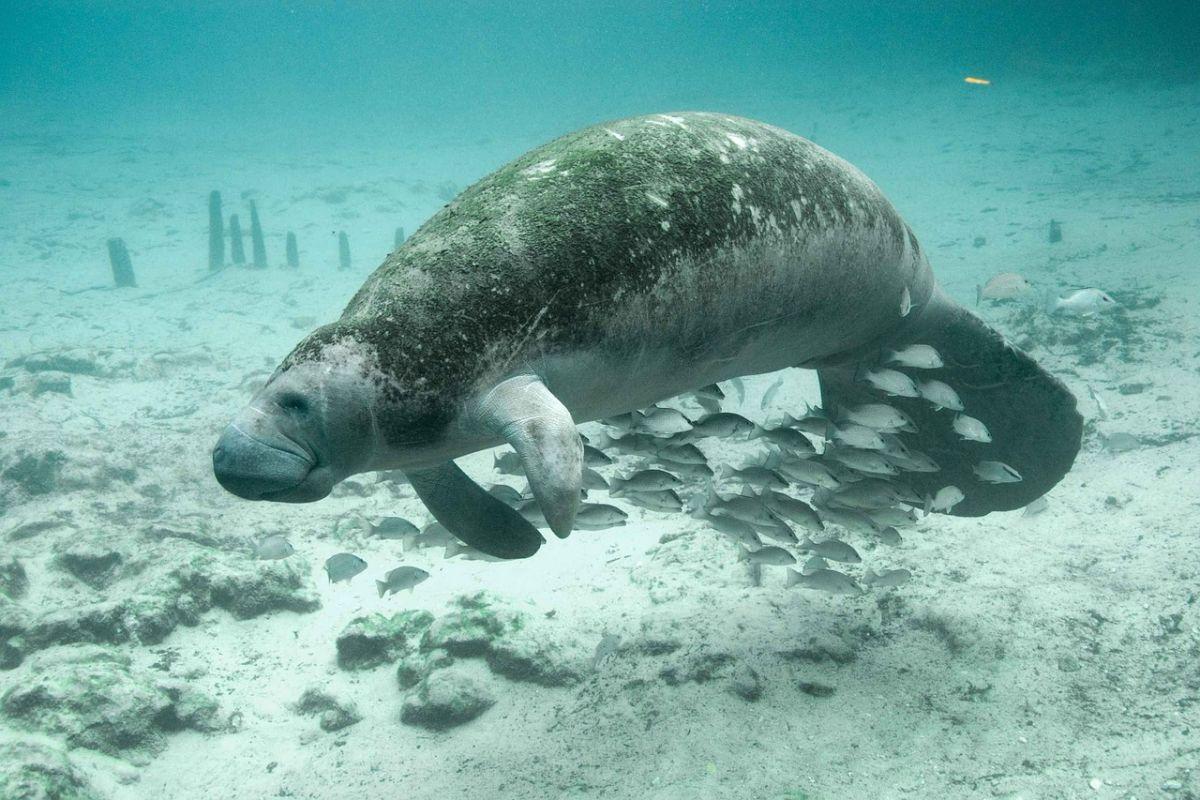
- Name: West Indian manatee
- Scientific name: Trichechus manatus
- Conservation status:
The West Indian manatee, also known as the North American manatee and further divided into the Caribbean manatee and the Florida manatee subspecies, is a species of aquatic mammal found along the coasts of the Americas.
It is a herbivore with vibrissae all over its body, which are particularly handful when it comes to navigating in troubled waters and recognizing textures. Sadly, this animal is threatened by collision with watercraft, ingestion of debris, and pollution, among others.
9. American flamingo
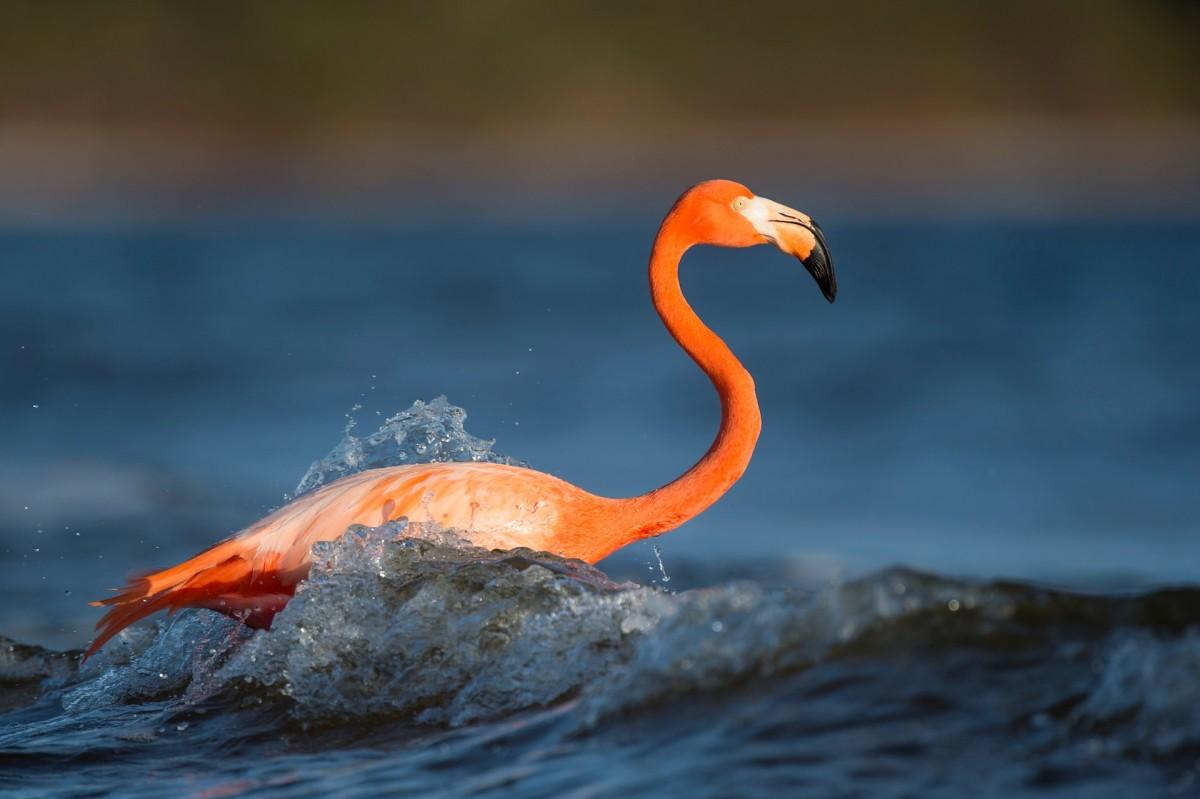
- Name: American flamingo
- Scientific name: Phoenicopterus ruber
- Conservation status:
The American flamingo, also known as the Caribbean flaming, is a large species of flamingo native to the Neotropical region. It used to be considered conspecific with its close relative the greater flamingo, but this is now viewed as incorrect.
This species has a reddish-pink plumage and lays a single egg on a mud mound between May and August. It is the largest flamingo in the Americas, and it migrates short distances to find enough food.
10. Greater bulldog bat
- Name: Greater bulldog bat
- Scientific name: Noctilio leporinus
- Conservation status:
If you are scared of bats you should probably look away, because this is one big specimen!
The greater bulldog bat, also known as the fisherman bat, is a large species of bat that preys on fish, which is quite unusual for a bat. It uses echolocation to find water ripples, catch its prey, and cling to it. Also, the frequency it uses, 55 kHz, is unusually high for such a large bat species.
11. Humpback whale
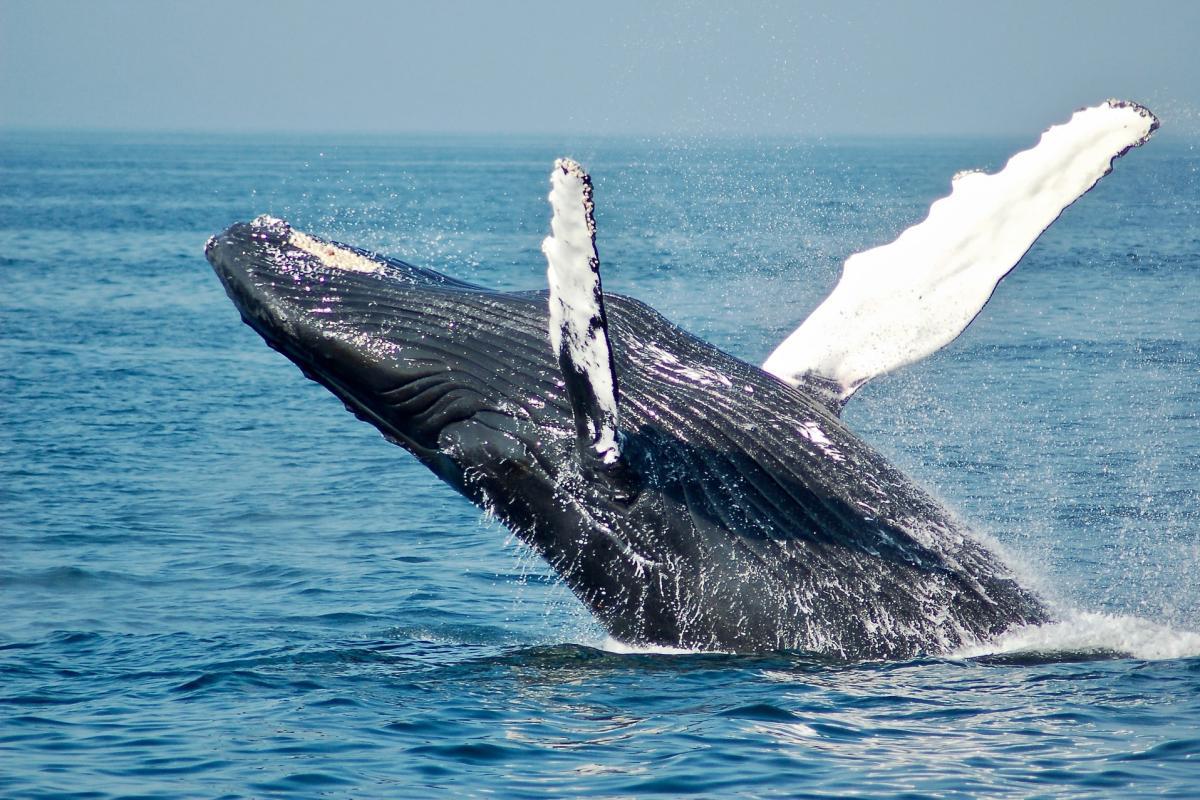
- Name: Humpback whale
- Scientific name: Megaptera novaeangliae
- Conservation status:
If you have ever had the luck of seeing whales in real life, it was most likely humpback whales. This species is the most widely popular one to whale watchers, having a characteristic surface breaching behavior and doing fantastic aerial displays.
It is native to oceans and seas around the planet, and it migrates up to 16,000 km / 9,900 mi every year! Outside of orcas and the whaling industry, this whale has nothing to fear.
12. Ruby-throated hummingbird
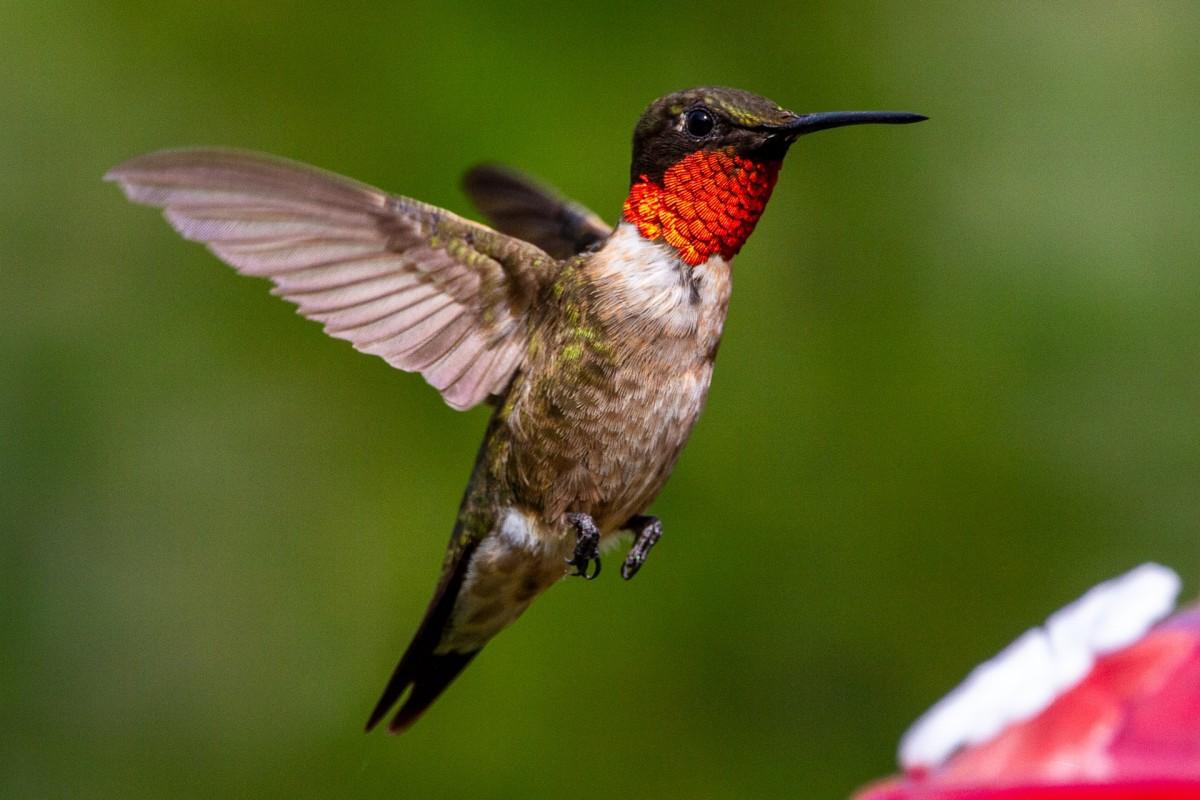
- Name: Ruby-throated hummingbird
- Scientific name: Archilochus colubris
- Conservation status:
The ruby-throated hummingbird is a species of hummingbird native to North and Central America. While it winters in the southern parts of its range, it usually migrates to Canada and eastern North America during the summer.
This hummingbird is solitary outside of courtship, and it is pretty aggressive towards others, at any age. It feeds on nectar, as well as spiders and small insects. Occasionally, it will also drink sugary tree sap.
13. Limpkin
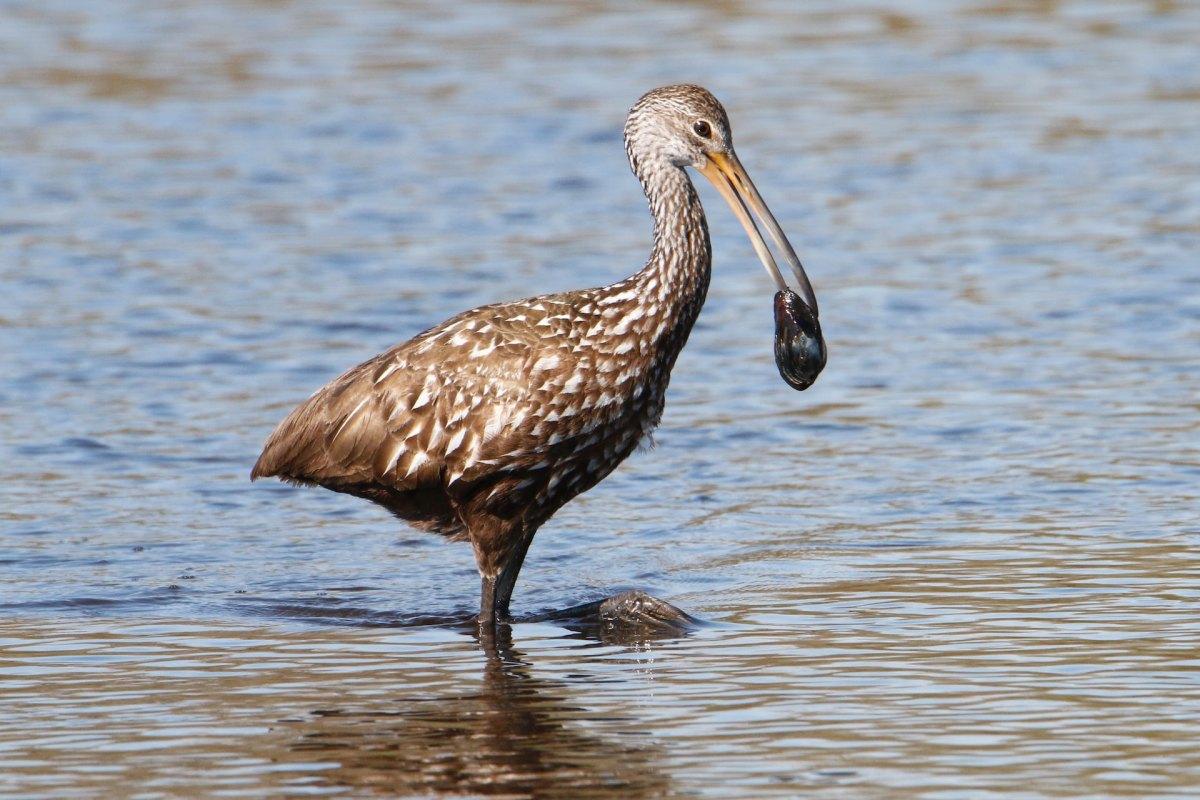
- Name: Limpkin
- Scientific name: Aramus guarauna
- Conservation status:
The limpkin, also known as the courlan, the crying bird, or the carrao, is a large species of wading bird native to the Americas, from Florida to northern Argentina. It mostly feeds on mollusks such as apple snails.
Its name comes from the seeming limp when it walks, and it has dark brown plumage. Its vocalization is pretty loud, which is why it is easier to hear than see, usually at dawn, dusk and night.
14. Wood stork
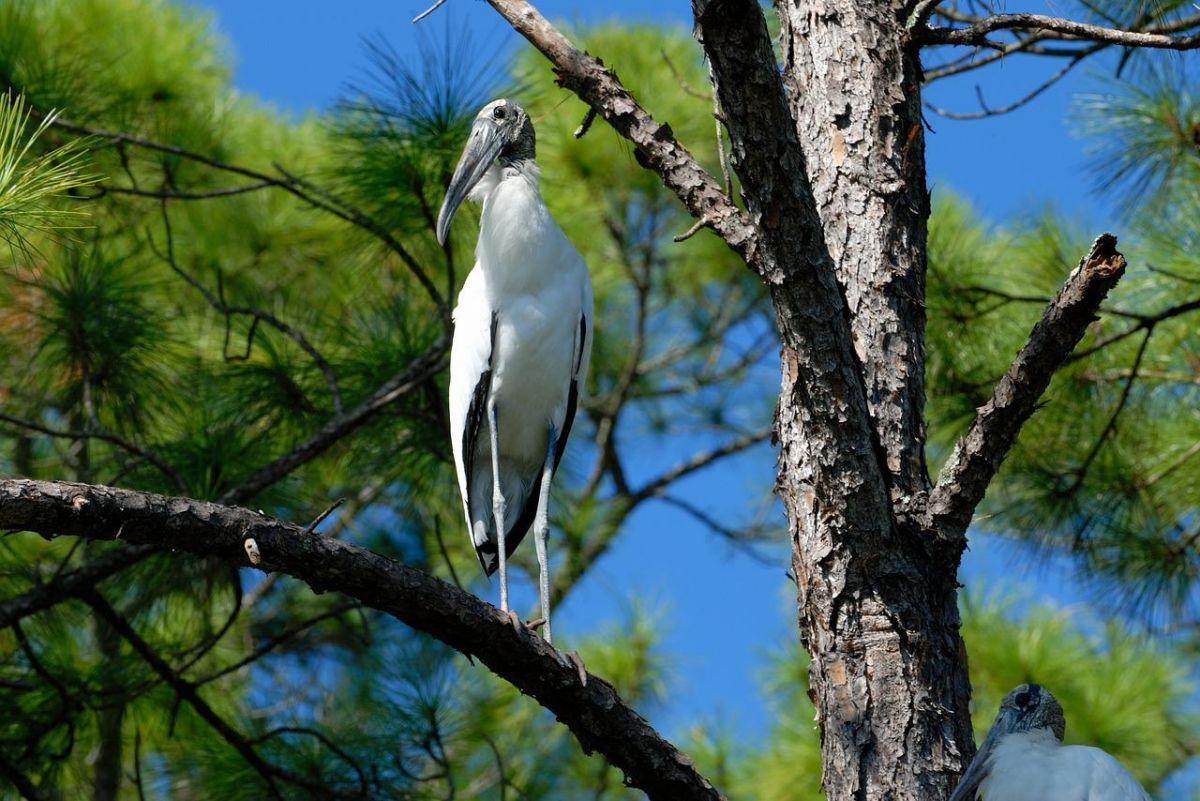
- Name: Wood stork
- Scientific name: Mycteria americana
- Conservation status:
The wood stork is a large species of wading bird native to the Americas. Previously called the wood ibis, it is not actually an ibis, and it is found in subtropical and tropical parts of the continent, including the Caribbean Islands.
While its habitat largely varies depending on the area, it usually lives in mangrove swamps, surrounded by water or over water. It has a large range and is globally of least concern, but vulnerable in the United States, because of nest failures due to ecotourism and hunting.
15. Anhinga
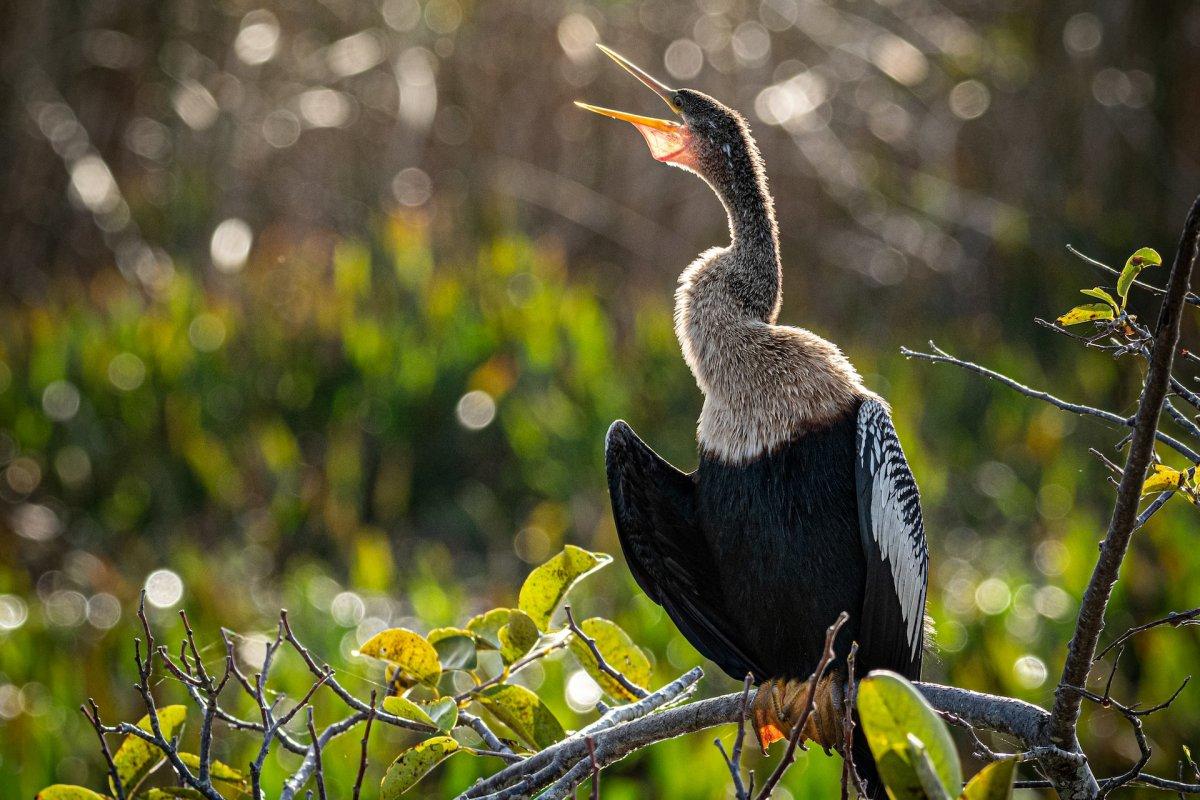
- Name: Anhinga
- Scientific name: Anhinga anhinga
- Conservation status:
The anhinga, also known as the American darter, the water turkey, or the snakebird, is a species of water bird native to the warmer parts of the Americas. Its name comes from the Brazilian Tupi language, and it means snake bird or devil bird!
The reason for this bird’s name clearly appears when it is swimming: only the neck appears above water and it looks like a snake ready to strike.
16. Turkey vulture
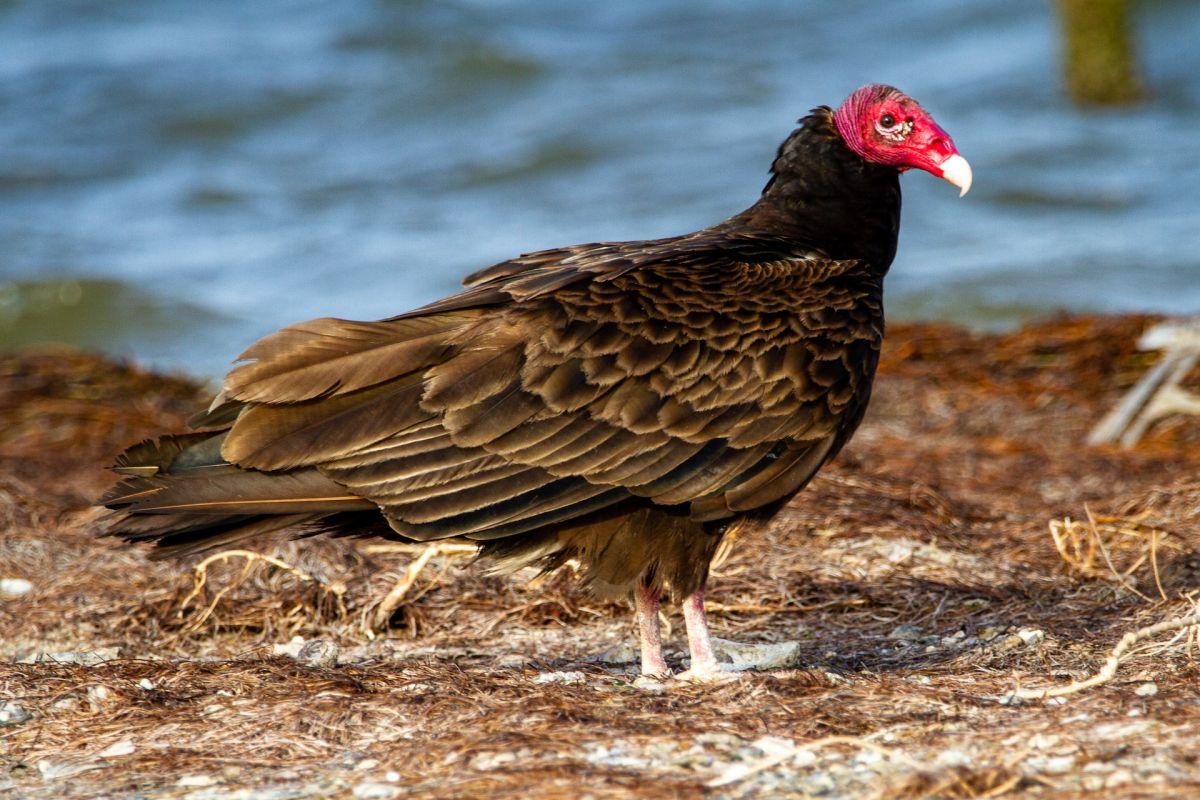
- Name: Turkey vulture
- Scientific name: Cathartes aura
- Conservation status:
The turkey vulture, also known as the John crow, the carrion crow, or the turkey buzzard, is the most widespread species of New World vulture, native to a large range from South Canada to the southernmost tip of South America.
Similar to other vultures, it is a scavenger that almost exclusively feeds on carrion, which it finds with its extremely developed eyesight and sense of smell.
—
So there you have them, these were my 16 Haiti wildlife animals. I hope you enjoyed this list and that you learned something new today.
In case you want to learn more about animals in the country, feel free to keep reading, as I still have lots of things to tell you about:
Endangered Animals of Haiti
This is definitely the saddest part of the list, but it is very important to raise awareness. Because of this, let’s go through the list of endangered animals in Haiti.
Here are the animals in danger of extinction in Haiti.
- St. Michel nesophontes
- Haitian nesophontes
- Montane hutia
- Caribbean monk seal
- Hispaniolan edible rat
- and 4 more…
- La Hotte bush frog
- Largetooth sawfish
- Great hammerhead
- Ridgway’s hawk
- Oceanic whitetip shark
- and 68 more…
- Cuvier’s hutia
- Atlantic chupare
- Hispaniolan rhinoceros iguana
- Green turtle
- Bay-breasted cuckoo
- and 61 more…
To see the full list of endangered species in Haiti, head over to the International Union for Conservation of Nature’s Red List.
What is the National Animal of Haiti?
The national animal of Haiti is the Hispaniolan trogon.
The Hispaniolan trogon is a species of bird endemic to the island of Hispaniola, and it can be found in both Haiti and the Dominican Republic.
It has a slow song that can be heard from a distance, and it lives in tropical and subtropical forests.
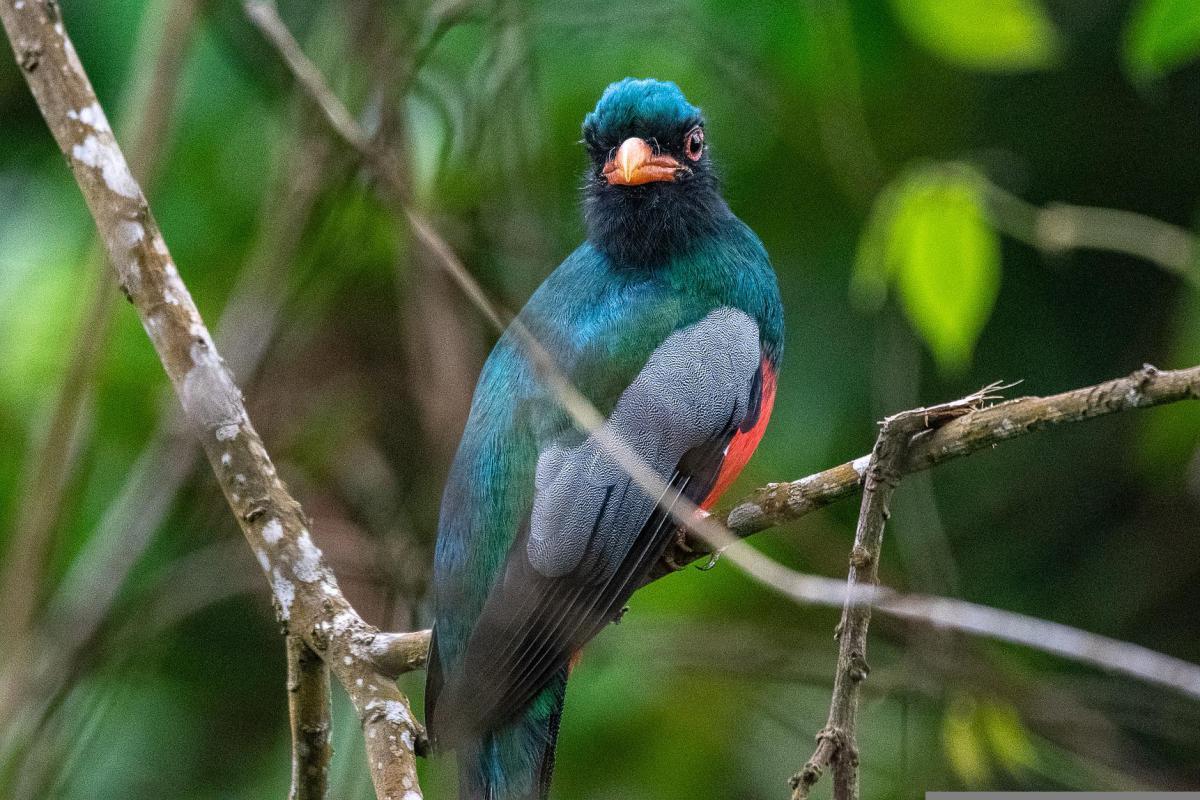
How Many Animals Native to Haiti?
What is the diversity of native animals in Haiti?
Let’s look at the total number of species of Chordata (mammals, birds, fishes and reptiles).
Total number of animal species in Haiti: 1,693 (4,203 in total in the Caribbean Islands)
More About Animals in the World!
Loved these facts about the wildlife of Haiti? Want to see what animals live in other countries?
Then check out these posts:
Or click here to see ALL the facts up on the blog! Spoiler alert: there’s A LOT of them.
Share the knowledge! Click on the buttons below to share information about these animals that live in Haiti with your friends, and help them learn more about the world 🙂
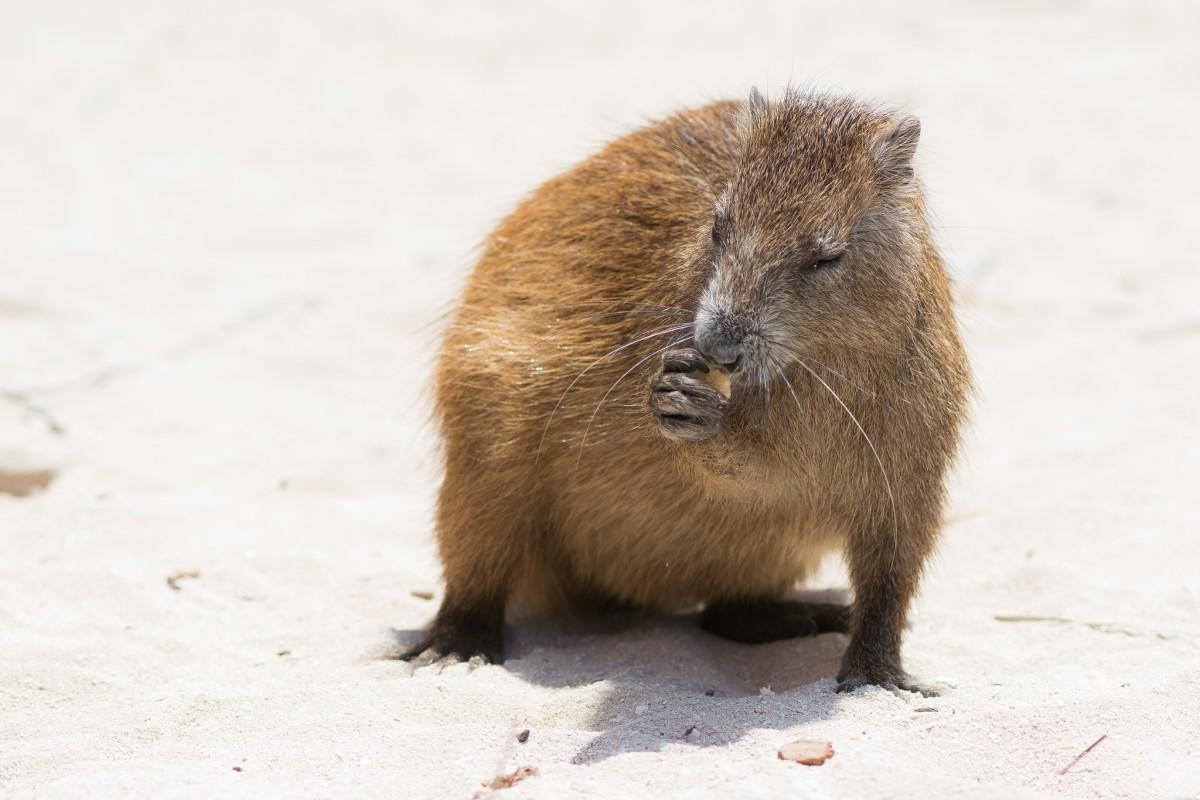
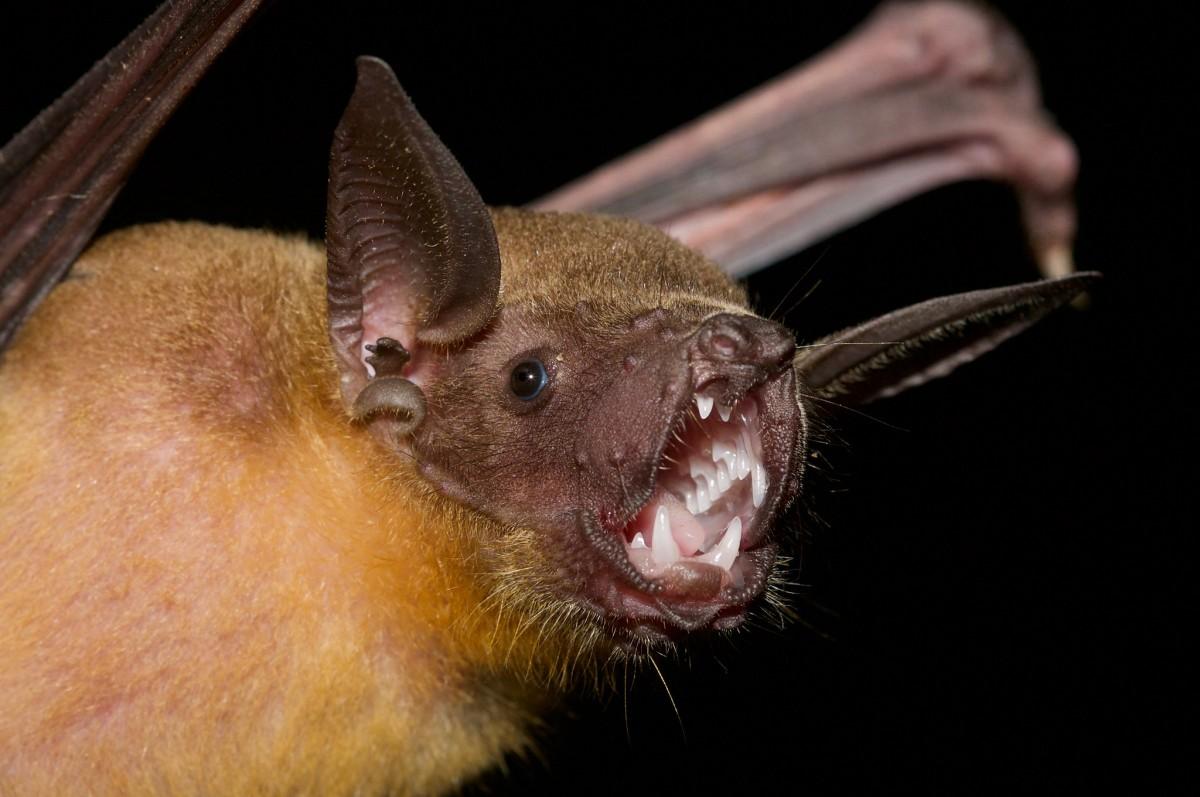

![14 Wild Animals in Ivory Coast [Wildlife in Ivory Coast]](https://www.kevmrc.com/wp-content/uploads/2022/12/14-wild-animals-in-ivory-coast.jpg)
![19 Wild Animals in Palestine [Wildlife in Palestine]](https://www.kevmrc.com/wp-content/uploads/2022/06/19-wild-animals-in-palestine.jpg)
![15 Wild Animals in Malta [Wildlife in Malta]](https://www.kevmrc.com/wp-content/uploads/2022/06/15-wild-animals-in-malta.jpg)